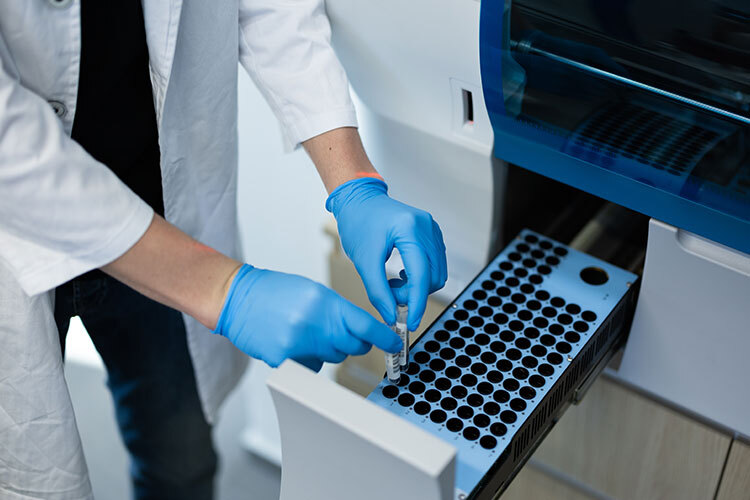Studying the waste from thousands of city toilets? Devin Bowes, Rolf Halden, and Erin Driver, scientists at the Biodesign Institute at Arizona State University, say that wastewater is a source of information, which helps detect and prevent disease.
During their research, they realized that toilet waste is a great source of information to find out about the general public’s health.
How wastewater alert diseases?
“Our waste (solid and liquid) is mixed together into one in regional wastewater. This creates a vast and dynamic data source that warns us about latent threats to community health. It warns us about what we can do to curb these threats,” explains researcher Erin Driver interviewed by TecScience.
According to scientists, wastewater-based epidemiology and waste sludge metrology are useful tools for disease monitoring and public health.
The tests applied help find the genetic footprint of viruses in the wastewater matrix.
This can identify communities that are at risk. In the case of Covid-19, this includes people who are asymptomatic and those who are pre-symptomatic.
Timely detection in wastewater
According to Driver, by being able to detect such infections in time, governments would have the opportunity to direct their resources to health analysis in certain communities. They could also avoid risks of infection by making widespread closures.
“When people were in Tempe, Arizona, under a government-decreed home lockdown order, we were able to see that the amount of virus in the wastewater remained below the limit. Then, when the lockdown was lifted, virus concentrations began to rise”, she said.
“. “They reached alarming levels in some communities. By the end of June, the state had the highest numbers of new cases and hospitalizations in the United States,” she added.
The lesson behind this analysis (according to Driver) is that the data provided by wastewater provides early warning of infections that may be present in a community.
She explains that this information should be leveraged to improve data-driven decision-making.
The Biodesign Institute’s Human Health Observatory tests samples from more than 400 cities around the world. The study could impact about 250 million people.
Wastewater research in Mexico
The Institute of Engineering at the National Autonomous University of Mexico (UNAM), Tecnológico de Monterrey, and the National School of Biological Sciences at the National Polytechnic Institute (IPN) are working on a method that detects genetic fragments of SARS-CoV-2 in wastewater.
Although it can be destroyed by gels and soaps, the virus preserves traces of genetic material in human feces. That’s how it gets into the sewage. Samples are tested for PCR (polymerase chain reaction). This is how they detect the presence of the virus.
According to information provided by the UNAM, this research is able to locate risk zones. It can even do so seven to ten days before people develop symptoms of the disease. The method has already been tested on some sites in Querétaro.















